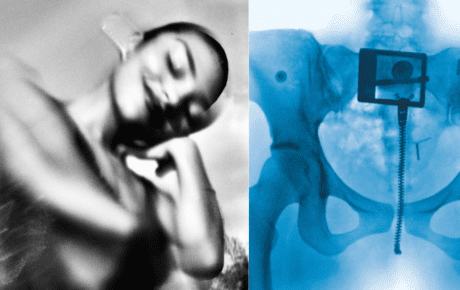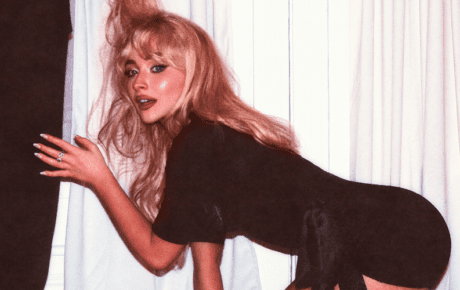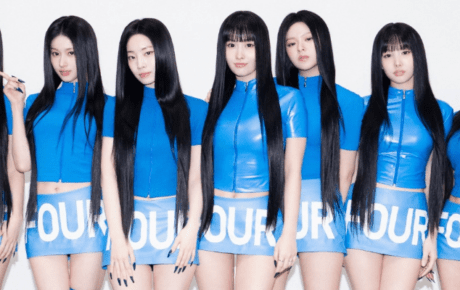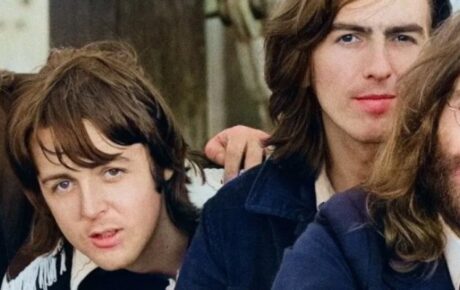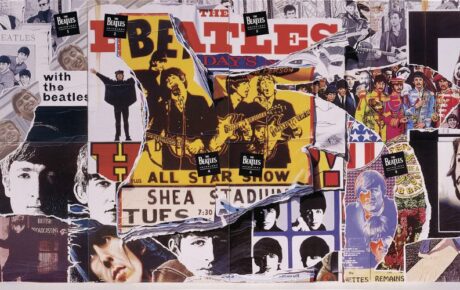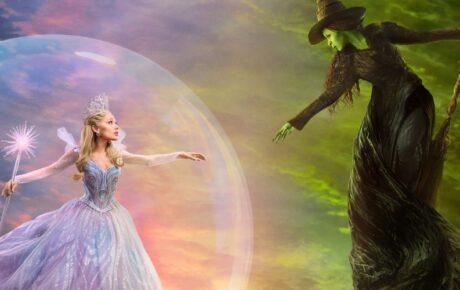Five years ago, Taylor Swift’s musical career and the music industry at large changed forever with the release of her eighth studio album folklore. This cottagecore fantasy dove headfirst into intimate, folksky production, where the infamously personal songstress wrote more about the fictional tapestry of characters, lands and stories she wove together in her mind. In celebration of this monumental album’s anniversary, let’s look back on all Taylor Swift achieved with folklore, an era that somehow feels like forever ago and yesterday at the same time!
Since artists like Beyonce and Frank Ocean popularised the “surprise drop” album release in the 2010s, fans had whispered about the possibility of Taylor Swift following the formula one day, too. Prior to folklore, Swift album rollouts typically followed a rigid cycle of several years in between projects, with several pre-release singles and lots of Easter eggs teasers to build hype over time. But folklore changed the game completely.
On the morning of July 24th, 2020, Taylor posted the full album cover split into nine Instagram tiles. She shared a full tracklist and declared her eight album folklore would be out at midnight. A move Swifties spent years joking about finally happened in real life, shocking them to the core. This was especially surprising given quick Swift’s previous album Lover dropped less than a year prior, and fans were still mourning the cancelled Loverfest tour which the Covid-19 pandemic forced Taylor to cancel earlier that year.
View this post on Instagram
It was that pandemic, in fact, that made folklore’s release such a particular treat. As the world locked down to prevent the virus spreading, many populations stayed bored and lonely at home for months on end, and celebrities like Taylor were in just the same boat as their fans. Taylor explained that this endless free time at home led her to fixate on stories in her head, both of fictional characters and places she made up, and from perspectives of real people in her own life. “In isolation my imagination has run wild and this album is the result,” she explained in the foreword.
Lockdown also forced Taylor to reimagine her sound. Whereas reputation and Lover, opted for a bombastic synth and EDM pop sound, folklore stripped it all back, out of necessity for more physically accessible instruments, and Taylor’s audience lacking the ability to party and dance to her big anthemic tracks. Instead, folklore focused on breathy, gentle vocal performances, muted percussion and simple, real instrumentation.
Taylor wrote and recorded her vocals from her home studio in Los Angeles, affectionately named Kitty Committee Studios. Through sending hundreds of digital files, she created half of the album with long-time collaborator Jack Antonoff, and the other half with first-time collaborator Aaron Dessner, the guitarist of one of her favorite bands, The National. This fresh team of voices working together led Taylor’s sound down the indie pop path. She wrote top lines to instrumental tracks Dessner sent her, and brought Antonoff’s more chant-like contemporary choruses into that sparser, moodier sonic world.
Lyrically, folklore also made an effort to use “bigger, flowerier, prettier” language, leaning into the style of classic literature that inspired much of the storytelling. Songs like ‘epiphany’ and ‘exile’ sounded heavier than the clean, accessible wording that suited Taylor’s more radio-friendly work. They nodded to the tone of media Swift consumed during quarantine, like Jane Eyre and Rebecca. Moreover, these lyrics frequently visualised a woodsy world inspired by rural England, where Swift spent much of her recent time prior to lockdown.
Songs from folklore interconnected in unique ways, such as Taylor’s renowned “teenage love triangle” series. ‘cardigan’, ‘betty’ and ‘august’ all tell the story of a complex high school romance between fated lovers Betty and James, and James’ mysterious “other woman”. Each track tackled the narrative from a different person’s perspective, weaving complicated emotions together and seeing Swift speak for voices she might not typically represent.
Elsewhere, Swift addressed deeply personal situations in her life from a more metaphorical, distant standpoint. Her infamous track five, which is always one of the saddest songs on a Taylor Swift album, became home to ‘my tears ricochet’. The song seemed to discuss her troubled relationship with ex-manager Scott Borchetta of Big Machine Records, who notoriously sold her masters off against her will in the late 2010s, leading Swift to cut ties from the label and team who discovered her.
‘peace’ and ‘hoax’ depicted her then-relationship with actor Joe Alwyn as flawed, but growing stronger in a new way amidst quarantine. ‘the last great american dynasty’ began as a story about American socialite Rebekah Harkness living in a decadent mansion known as “Holiday House”, but later connected to Swift buying the Rhode Island property herself, and reveling in the wild, eccentric reputation it gave her.
Blending the real with the fictional and moving into this new grassroots sound, Swift dropped folklore to massive critical and commercial acclaim. The album would go on to take out Album of the Year at the Grammys, where Swift wore a floral applique dress by Oscar de la Renta and thanked her fans for meeting her in the album’s dreamy “imaginary world”.
folklore also received a concert film on Disney+ in 2020, known as The Long Pond Studio Sessions. The film documented Swift’s first time playing the album in person with her collaborators Antonoff and Dessner. Together, the trio discussed their unusual, innovative writing experience, diving into the inspirations behind the songs and their creative processes in isolation. During their stay at Long Pond Studios in New York, the musical magic even inspired them to begin working on another album within the same style, which became folklore’s “sister” album released that December, known as evermore.
In a big way, folklore also deserves credit as the album that revitalised Taylor’s career. It opened the creative floodgates to abandon Swift’s previously strict album cycles, instead leading her to release music whenever she felt ready. Whereas her first five albums covered a decade-long period of her life, we’ve now had so many new Taylor albums dropped in just over half the time, and that doesn’t even take into account the extremely successful Taylor’s Version rerecords!
Moreover, that wealth of music Taylor made in lockdown demanded that she hit the road for live shows once pandemic regulations lifted. Naturally, she did so in truly iconic Taylor fashion. With a whopping three hour runtime, infinite surprise songs and guest appearances, and a record-breaking concert film, there may not be a musical tour more successful and well-recognised than The Eras Tour.
Without folklore, we’d not only miss out on some of Taylor’s all-time best songs like ‘seven’ and ‘mirrorball’, but we’d likely not have seen the Taylor Swift renaissance of the 2020s, bringing us releases like Midnights and a tour that undoubtedly made pop music history. If you need a little escape from reality, the five-year anniversary of folklore is the perfect reason to wrap up in your favourite cardigan, and run off to the lakes for a listen of this legendary record.

